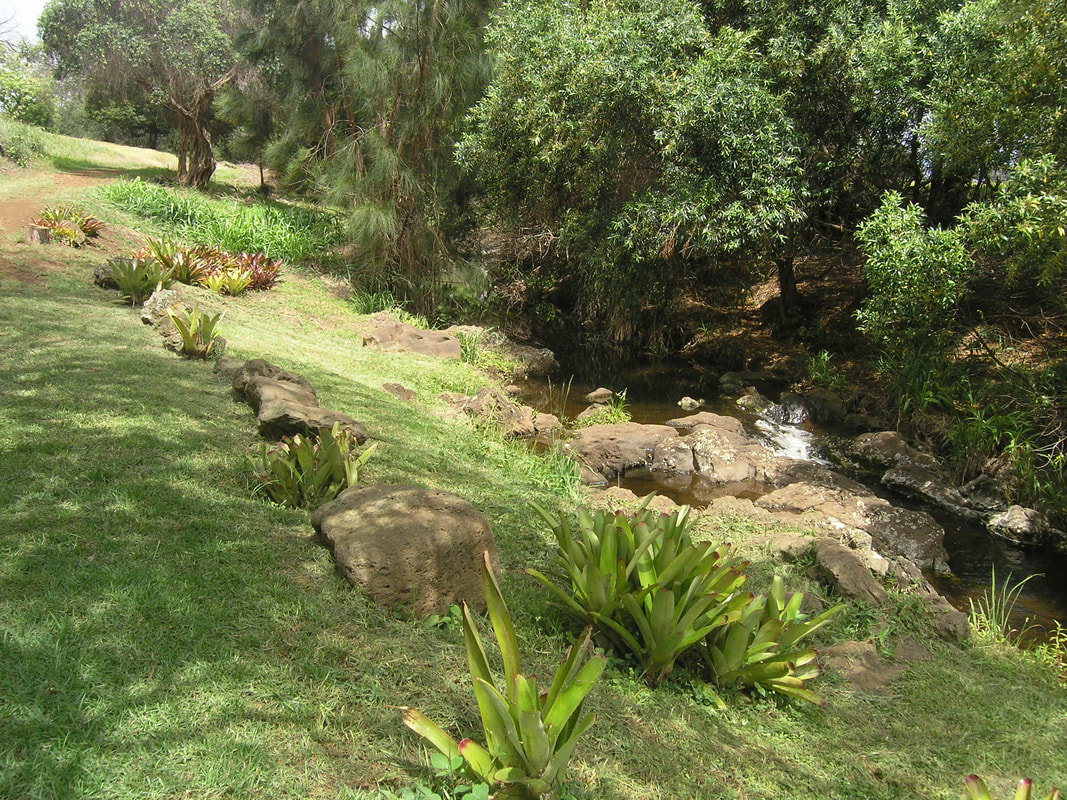 When rain soaks the Kohalas, Waikoloa Stream runs. Photo by Jan Wizinowich
When rain soaks the Kohalas, Waikoloa Stream runs. Photo by Jan Wizinowich The Ke Ala Kahawai o Waimea Streamside Trail skirts the center of Waimea town between Lindsey Road and Kahawai Street. But while today you’ll find schoolkids, bicyclists and families walking their dogs, the trail has been a thoroughfare for centuries. Kamehameha I’s elite Kīpu‘upu‘u warriors traveled this trail along Waikoloa Stream to board war canoes at ‘Ōhai‘ula. In 1943, exhausted US Marines returning from the Battle of Tarawa built a camp here, on land leased to the military by Parker Ranch owner Richard Smart, where they recuperated before heading off to fight in Okinawa. The Marines paved some sections of the trail connecting the hospital (the converted Waimea School building) to Marine headquarters, built in an area that was once a martial arts training ground for the Kīpu‘upu‘u warriors.
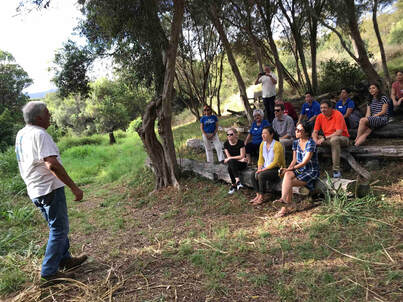 Leningrad Elarionoff talks story on the trail with volunteers. Photo compliments of Ala Kahakai O Waimea trail.
Leningrad Elarionoff talks story on the trail with volunteers. Photo compliments of Ala Kahakai O Waimea trail. 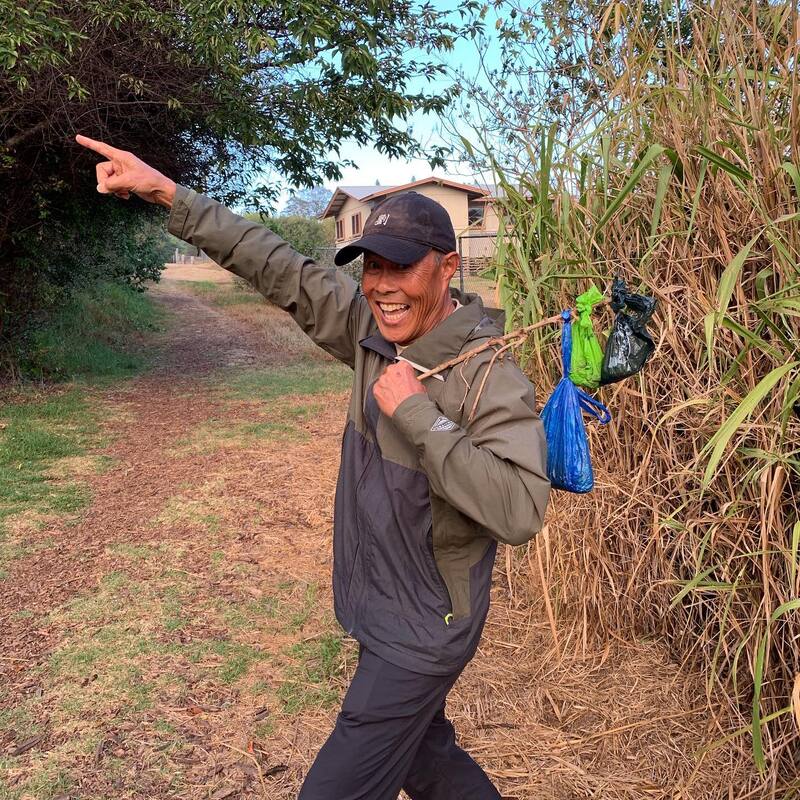
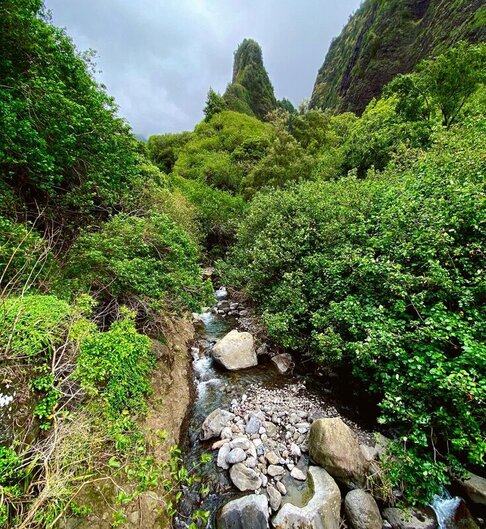


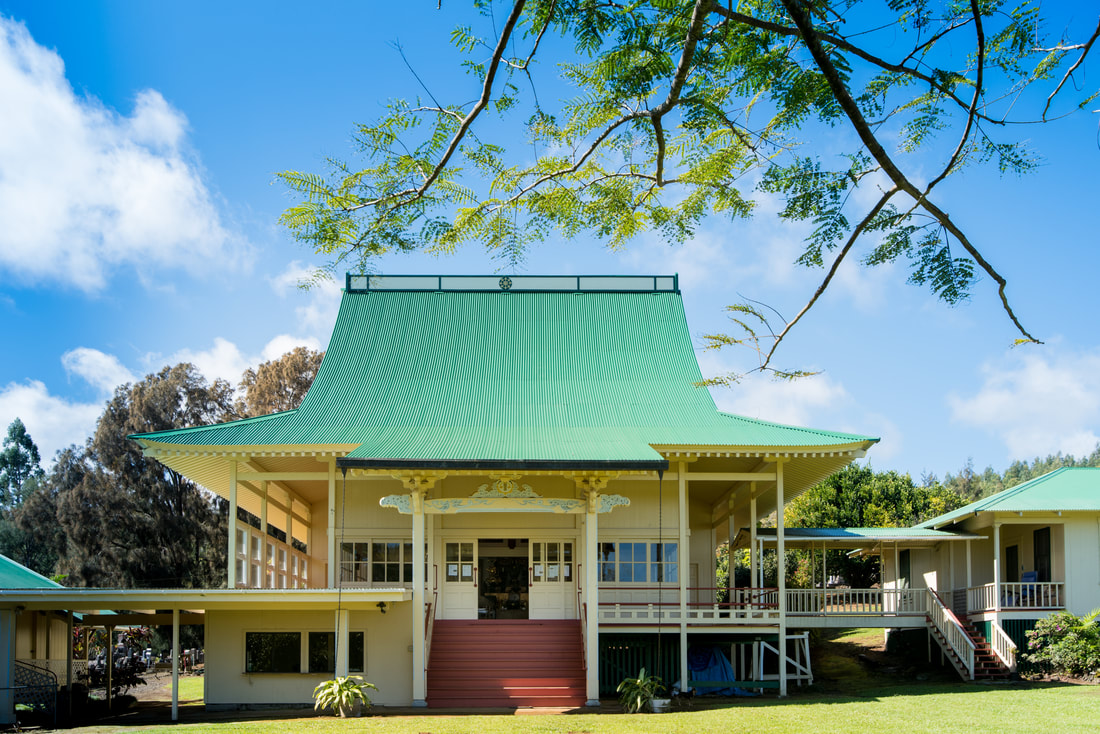
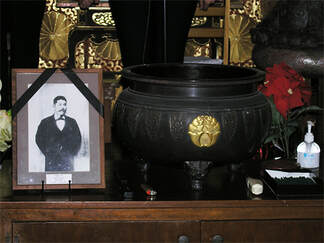
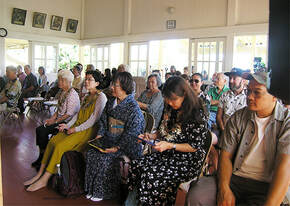
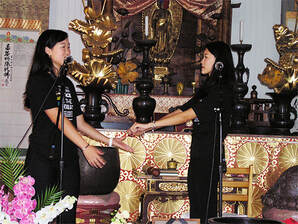

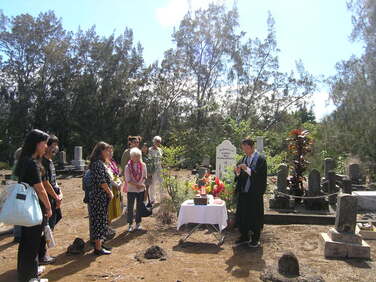
 RSS Feed
RSS Feed
